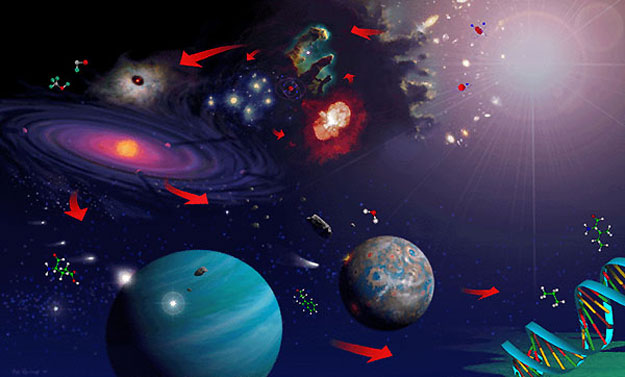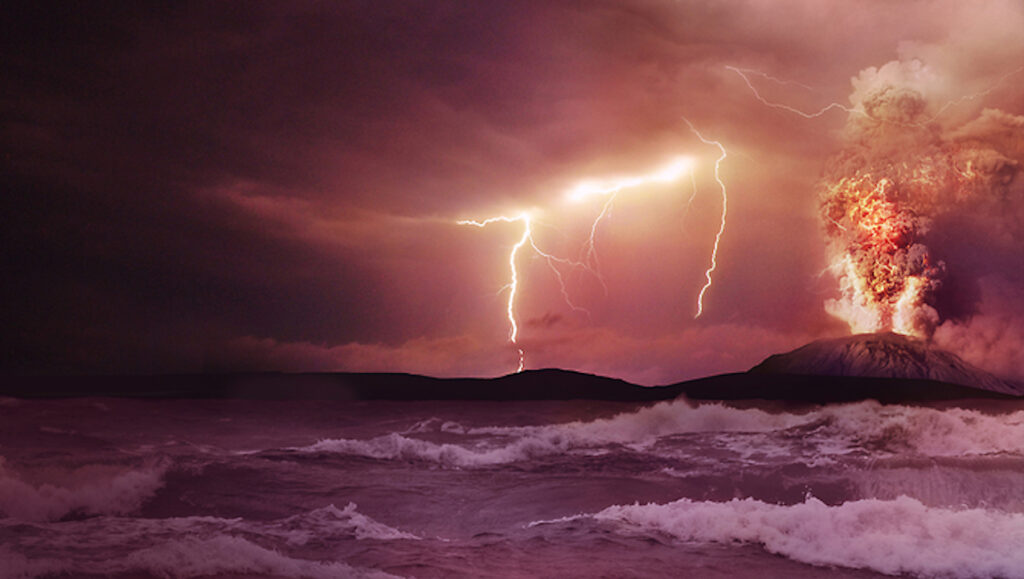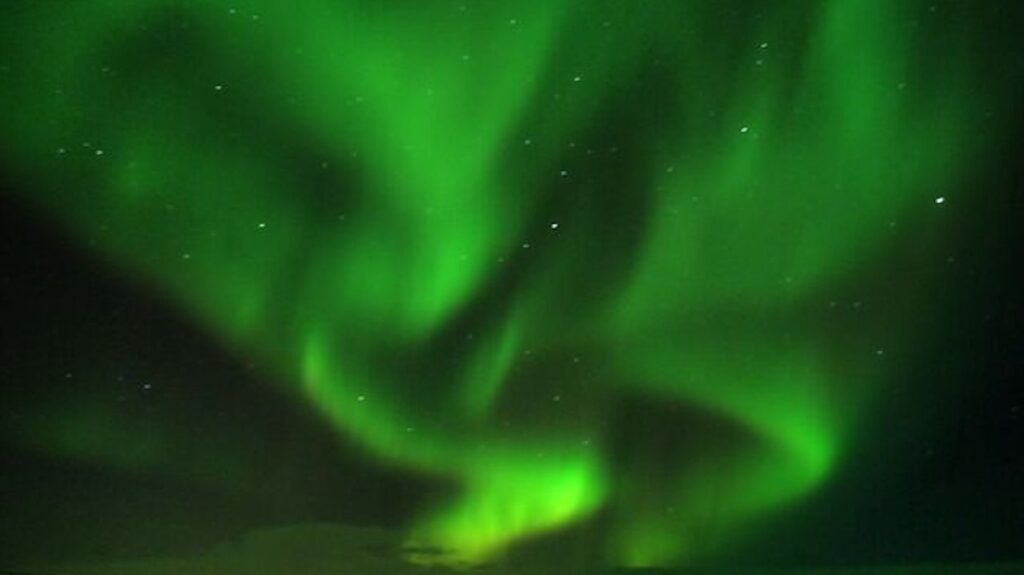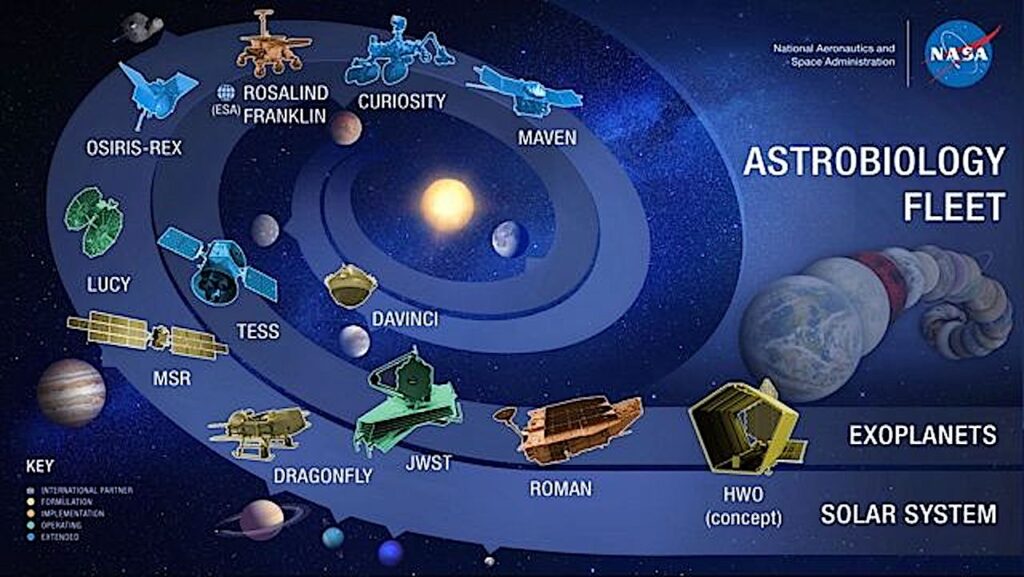Snowball Earth and the Origin of Photosynthesis
Using atmospheric chemical models of a Snowball Earth, scientists from NAI’s Alumni Virtual Planetary Laboratory Team show that, during long and severe glacial intervals, a weak hydrological cycle coupled with photochemical reactions involving water vapor would give rise to the sustained production of hydrogen peroxide. The peroxide, upon release from melting ice into the oceans and atmosphere at the end of the snowball event, could mediate global oxidation events. Their results are published in the December 12th issue of PNAS. [Source: NAI Newsletter]
Abstract: During Proterozoic time, Earth experienced two intervals with one or more episodes of low-latitude glaciation, which are probable “Snowball Earth” events. Although the severity of the historical glaciations is debated, theoretical “hard Snowball” conditions are associated with the nearly complete shutdown of the hydrological cycle. We show here that, during such long and severe glacial intervals, a weak hydrological cycle coupled with photochemical reactions involving water vapor would give rise to the sustained production of hydrogen peroxide. The photochemical production of hydrogen peroxide has been proposed previously as the primary mechanism for oxidizing the surface of Mars. During a Snowball, hydrogen peroxide could be stored in the ice; it would then be released directly into the ocean and the atmosphere upon melting and could mediate global oxidation events in the aftermath of the Snowball, such as that recorded in the Fe and Mn oxides of the Kalahari Manganese Field, deposited after the Paleoproterozoic low-latitude Makganyene glaciation. Low levels of peroxides and molecular oxygen generated during Archean and earliest Proterozoic non-Snowball glacial intervals could have driven the evolution of oxygen-mediating and -using enzymes and thereby paved the way for the eventual appearance of oxygenic photosynthesis.








